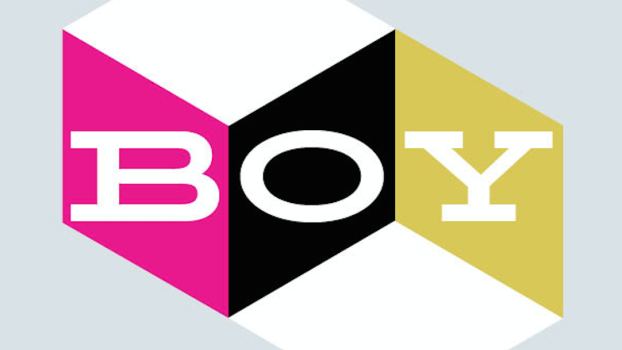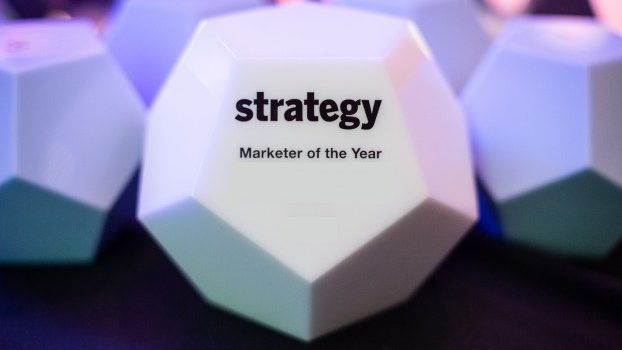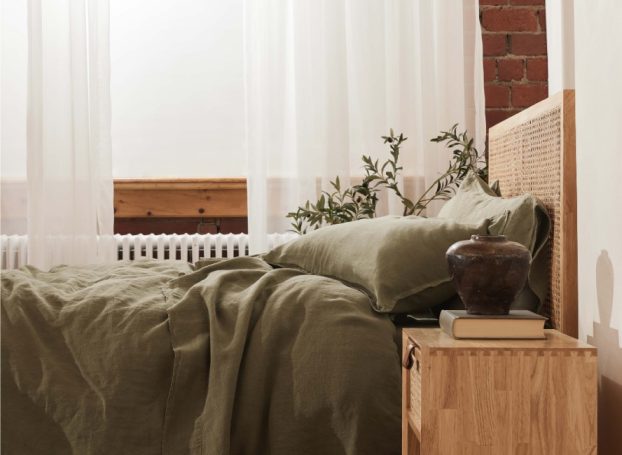The fitness industry has been among the sectors hit hardest by the coronavirus crisis, with one August survey finding that only 30% of Canadian gym members have returned to their gym since the first wave of lockdowns in the spring.
Reprieve from lockdowns came briefly in the summer, but many gym-goers remained wary of returning to crowded spaces to exercise, and a second wave of COVID-19 now seems poised to keep many members at home through the winter.
In response, Boca Raton, Florida-based Orangetheory Fitness has been innovating in an attempt to keep up with the shifting regulations and consumers’ evolving fitness routines.
Last month, the privately owned fitness chain began rolling out Orangetheory Live (OT Live), a new online platform bringing live coaching and a community experience to its members, helping them meet their fitness goals while keeping the spread of COVID-19 in check.
Canada is the first market to launch the concept – the result of needing to find a solution to the country’s long winters, where outdoor classes are often no longer an option as early as November, says Canadian president Blake MacDonald.
OT Live offers participants real-time guidance and feedback from the local coaches they are used to seeing in their studio. Coaches lead the sessions either from their homes or vacant studios, and users can use their OTBeat devices (used to measure distance, calorie and heart-rate data) to monitor their performance as they typically would in class.
Since part of the Orangetheory experience involves hanging out with other members and coaches before and after fitness classes, the brand even created a “virtual lobby” within the platform to recreate that social element, MacDonald says.
OT Live first launched in Quebec, one of the first provinces to enact second-wave lockdown measures, and as of last week was being offered at more than 25 Canadian locations. MacDonald anticipates the majority of its more than 100 locations will offer the program by mid-December, though studios aren’t being mandated to do so.
Since one of the major challenges is convincing members that OT Live offers a better experience than following a free workout video, according to MacDonald, the brand has invested in the quality of its online workouts. Coaches are equipped with professional cameras and microphones, and they must complete a weeks-long certification program developed by Orangetheory to ensure their in-studio coaching skills are transferring to the online space.
The launch of OT Live follows other innovations the brand has tested in recent months in response to COVID-19-related safety measures and restrictions.
In the summer, it introduced “Outdoor 45,” an outdoor boot-camp style session for members modelled on the company’s everyday group workouts. More recently, as provincial governments began targeting group fitness classes to help stop the spread of the virus, it switched to an “open gym” concept, giving members access to studio equipment to complete their own individual workouts; members could follow a range of pre-set workout programs by scanning a QR code found on studio equipment, while remaining more physically distant from their peers.
While all of these innovations, including OT Live, originated from short-term needs, MacDonald believes they have long-term implications for the business, as “this pandemic will have changed customers’ perception and also their expectation of what they want from their gym.”
He believes customers will continue wanting to complete 10 to 30% of their workouts from home, even once the pandemic is under control, either because it is more convenient, offers more flexibility, or provides greater access to popular coaches whose classes book up quickly.
“We really think that this has a lot of legs, and will create a lot of value for our members specifically, but I think for the fitness industry as a whole.”
























